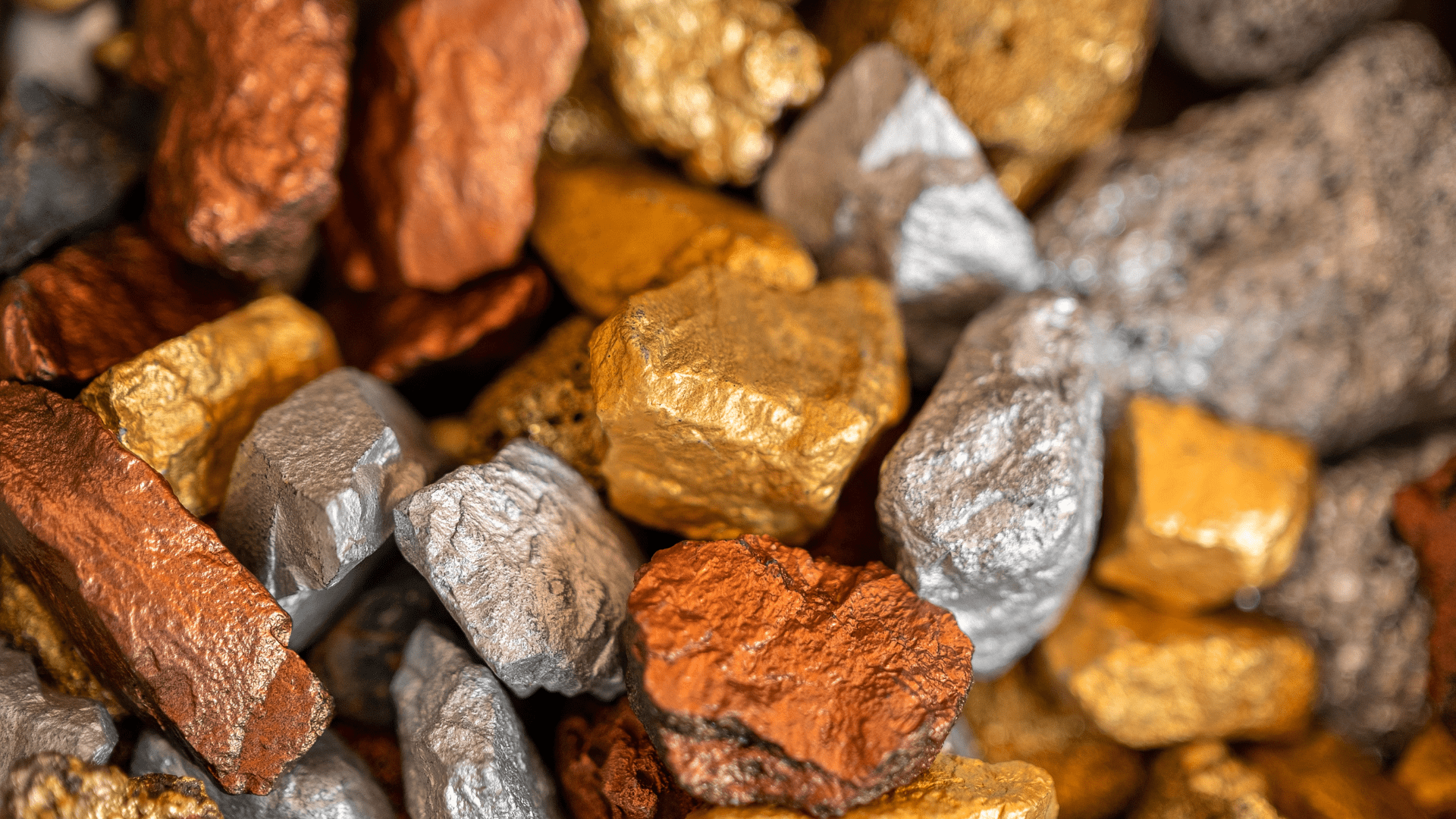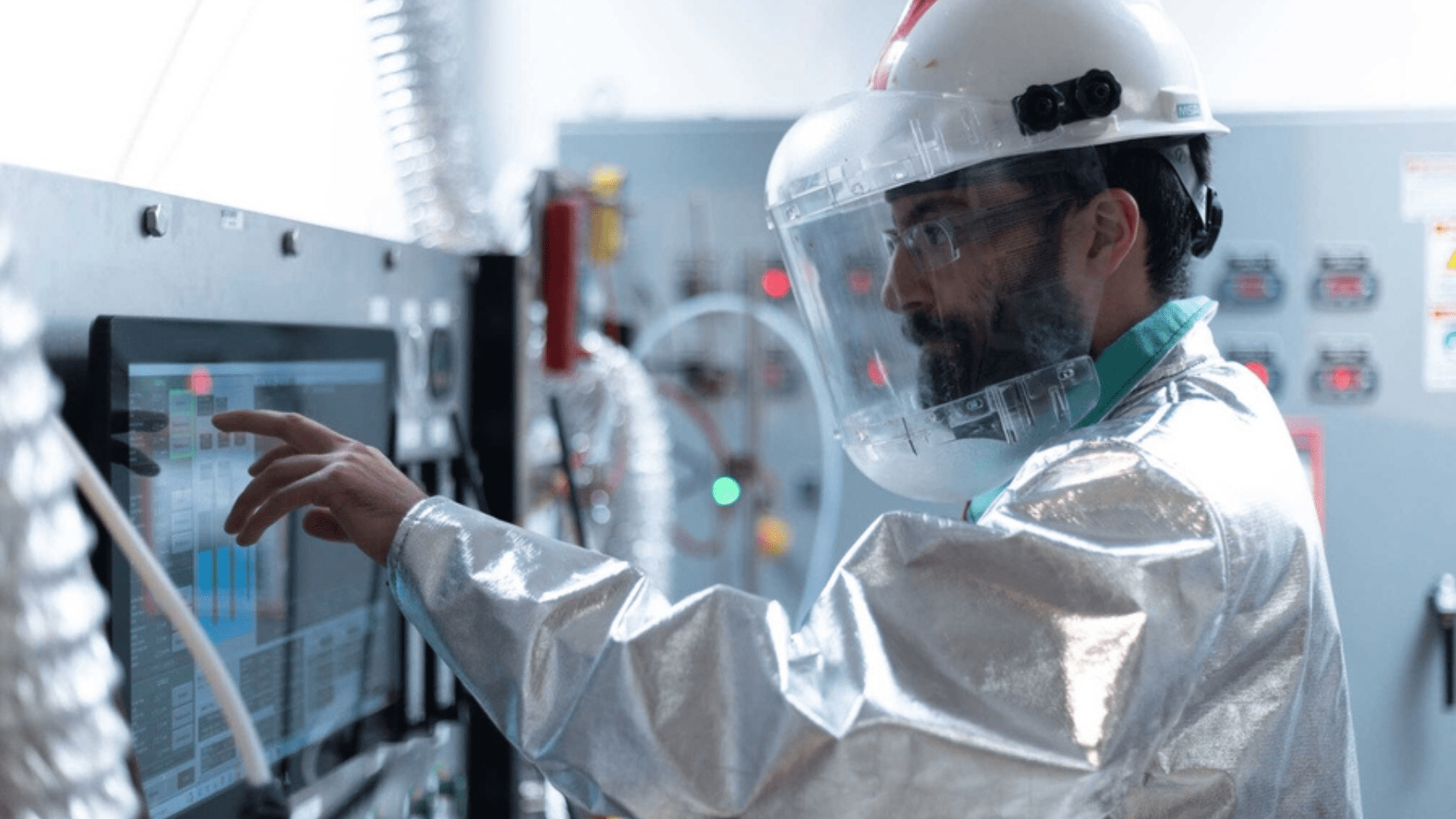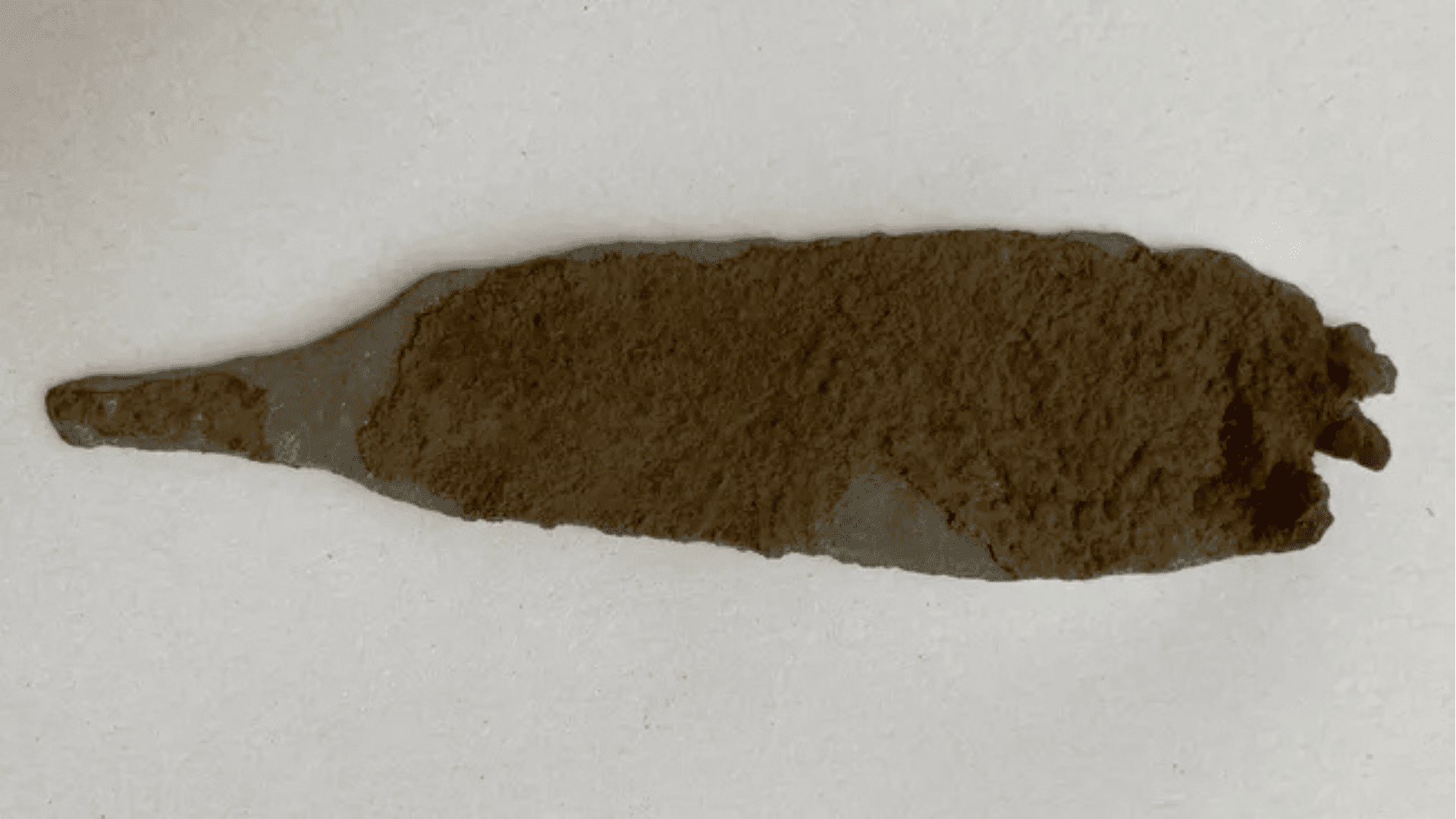A metal transition is occurring in the middle of an energy transition. All alternative energy sources, such as solar panels, wind turbines, and electric vehicles, require more critical metals. In addition to zinc, copper, and nickel, these sources require more exotic metals, known as “rare earth elements.” Wind turbines and EV motors have magnets that require rare earth elements.
According to MIT, the demand for such materials is forecasted to skyrocket, and there is a “substantial quantity” of rare earth elements unused in the United States and many parts of the world. However, the elements are mixed with toxic mining waste.
Turning Waste into Critical Metals

Phoenix Tailings is a startup co-founded by MIT alumni. The founding team includes MIT graduates Tomás Villalón ’14 and Michelle Chao ’14. According to an MIT press release, the company is scaling up a process of harvesting materials, including rare earth metals, from mining waste. Phoenix Tailings uses water and recyclable solvents to collect oxidized metal. Then, it puts the metal into a heated molten salt mixture and applies electricity.
The company says its facility in Woburn, Massachusetts, is the only place producing these metals without toxic byproducts and carbon emissions. Although the company uses electricity, they say renewable energy contracts offset that. With support from the Department of Energy, the company is expanding the list of metals they produce and accelerating plans for a second facility.
The company will need that second facility because of the amount of metals it expects to produce in the next couple of years. According to the press release, Phoenix Tailings expects to produce 3,000 tons by 2026, which last year would have accounted for 7 percent of total U.S. production.
“We’re focused on creating critical materials for the next generation of technologies,” said Villalón. “More broadly, we want to get these materials in ways that are sustainable in the long term.”
Rare Earths and Metals

At its facility in Woburn Texas, Phoenix Tailing takes mining waste that is rich in rare earth elements and puts it into its mixture. Then, the team heats it at extreme temperatures, around 1,300 degrees Fahrenheit. When it applies an electric current, pure metal collects on an electrode. The company says this process leaves minimal waste behind.
“The key for all of this isn’t just the chemistry, but how everything is linked together, because with rare earths, you have to hit really high purities compared to a conventionally produced metal,” Villalón explains. “As a result, you have to be thinking about the purity of your material the entire way through.”
Villalón says this process is economical compared to conventional processes because it produces no toxic byproducts and is carbon-free when renewable energy sources are used for electricity. The Woburn facility is currently producing several rare earth elements for customers, including neodymium and dysprosium, which are important in magnets. Customers are using the materials for things like wind turbines, electric cars, and defense applications.
What Next?
The company recently received a grant to help it produce iron from mining waste without emissions or toxic byproducts.
“We want to take our knowledge from processing the rare earth metals and slowly move it into other segments,” Villalón explains. “We simply have to refine some of these materials here. There’s no way we can’t. So, what does that look like from a regulatory perspective? How do we create approaches that are economical and environmentally compliant not just now but 30 years from now?”





